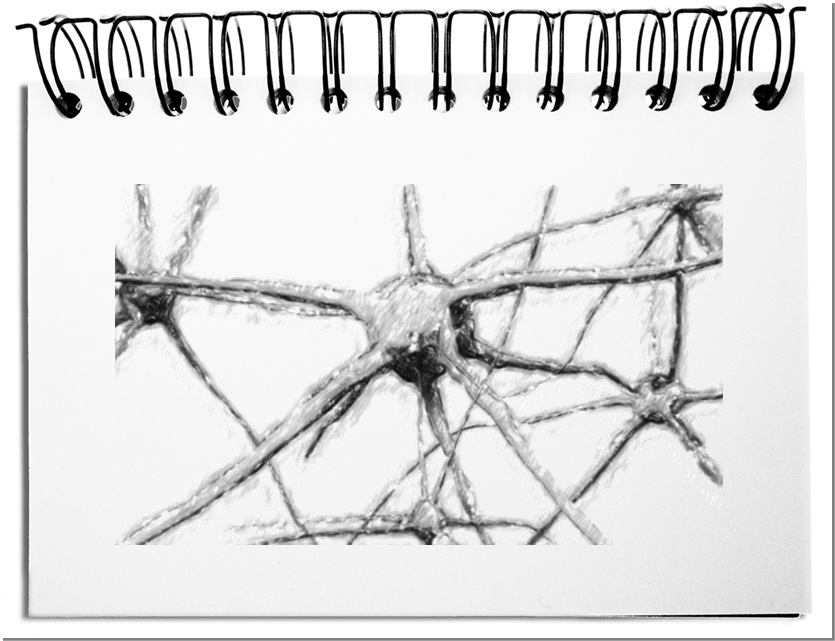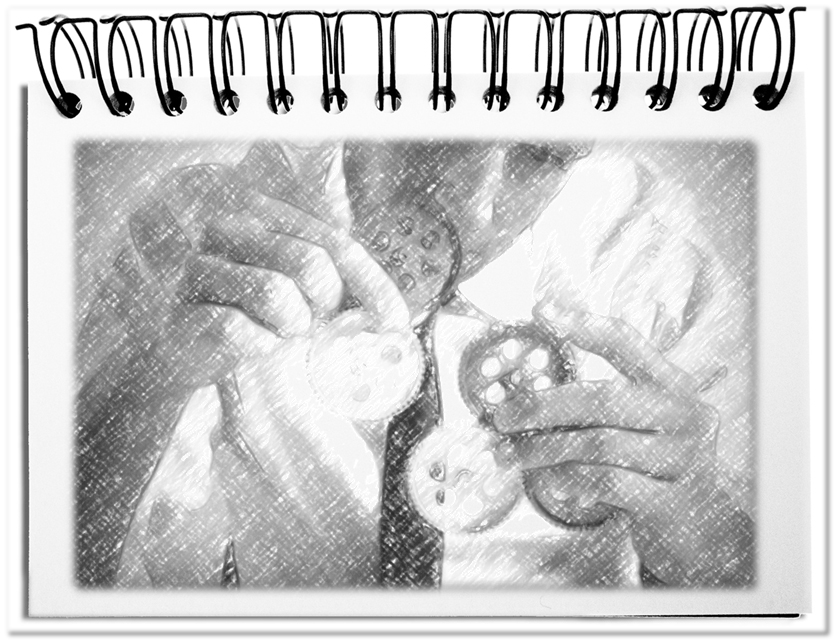What we can know was already a concern of Socrates according to Plato “I know that I do not know (actually: I know as a non-knower – οἶδα οὐκ εἰδώς, oîda ouk eidōs)? Heinrich von Pierer also had his view on his company’s knowledge: If Siemens knew what Siemens knows. Despite all attention, it is overlooked that knowledge only becomes tangible indirectly through appropriate media (paper, electronic media, and channels). It is not an exchange of knowledge that takes place but copying of data. The sender does not let go of its knowledge but instead offers distorted formulations through filters (see Meta model of language). It is the receiver who interprets the data. The continuous evolution of our knowledge reinforces the distortions. What is true today may be false tomorrow. In 2017, Kellyanne Conway drew attention in the right direction by talking about alternative facts. Niklas Luhmann described that information, communication, and understanding are contingent occurrences in the last century, i.e., a statement is neither necessary nor impossible and can be one way or another. What can we still know today with this insight?
Suppose we disregard for a moment the sender’s intentions and look at the content, the knowledge. In that case, there remain a few questions that must be clarified in advance to be able to criticize each other: What is knowing? How is it different from not knowing? The following points provide food for thought.
- Sign – Data – Information – Knowledge – Wisdom
Since the accelerated processing of data with IT, we face the question: What is information? After the millennium turn, knowledge management has answered the query with the knowledge pyramid (see also meme units). On the lowest level, there are the signs (icons, pictures, light or sound signals), which can be represented on the next level as data (e.g., 101010). As soon as the data is on the level above in a context of meaning, information (e.g., 42) results. Information accumulated over time then networks into knowledge on the next layer (e.g., the ultimate answer to the question of life, the universe, and everything) that then becomes wisdom at the top (e.g., science fiction provides exciting ideas). There are no interfaces to assess the top three levels by factual means. Nobody can look into the head of another. - Seeing is believing – is knowing?
In the pre-Internet era, the fourth estate, the media, besides the executive, legislative, and judicial branches of government, controlled interpretations of circumstances. Things written in black and white, which existed as a photo or film, and were accepted as a given. In the absence of opinions expressed by other eyewitnesses, no doubts arose. Today, everyone has a cell phone, access to social media, and even their website. This makes them a publisher with global reach – without universally accepted values and in a legal vacuum only with national regulations that are difficult to enforce. Take Wikipedia as an example, that only publishes articles relevant to an encyclopedia, provably published elsewhere, and compiled by the author. This excludes undocumented knowledge. Thus, we understand only half. - Is oral tradition knowledge?
The writing was invented just over 7000 years ago. Before that, knowledge was transferred for millennia by oral tradition. In Fahrenheit 451, Ray Bradbury imagined even a bookless future in which the classics of world literature were again passed on orally. This spoken word, for example, would not find its way into Wikipedia. To limit our knowledge to data that is on any physical carrier would let us become stultified. The truth would be left to the authors, photographers, filmmakers, and other archivers without publication. Only when thoughts are externalized into a medium, they will become knowledge. Thus, the world does not know what the world knows. - Personal explanations
Knowledge is formed exclusively in the mind of the observer. The personal field, the learned models of thinking, experiences made over time, and unconscious feelings are decisive for the respective interpretation. This leads to different facts like the above interpretation of Douglas Adams, or the other reading of Lewis Carroll, namely any signification, show. It was new for me that 42 is also the second pseudo-perfect number. And who knows that it is Frank’s current age. Since the receiver determines the meaning, the sender’s intent gets lost because it cannot be transmitted. The world will have to endure willy-nilly with alternative facts. - Confirmed facts – if so, how many proofs
The description of a situation depends on the standpoint. Different views automatically result in alternative realities that are coherent in themselves. Besides, observers standing close together will additionally agree to descriptions due to unconscious group pressure, although they may have made a different observation. Do many observers make a fact better? If so, how many must be there to be known? For the classical media, at least two concurring sources are enough to adopt a fact. Isolated observations do not enrich the knowledge of the world? - Knowledge gets crafted by science
Knowledge is located in science. The various disciplines have expanded their echo chambers to such an extent that overarching approaches seek to integrate different pieces of knowledge. For example, when engineering incorporates knowledge from biology into the new field of bionics. The advantage of science comes from the extensive evidence gathered in laboratories or reality and published in studies. It becomes difficult with phenomena that cannot be measured, such as the effects of homeopathic compounds. The natural reaction of scientists to such black box effects is rejection because of the lack of detectability. Such (non-) knowledge’s proponents are disparaged as esotericism, mystics, sectarians, or conspiracy theorists. Do we exclude the wisdom of a shaman or Socrates from the world knowledge? - Only verity is knowledge
Karl Popper dissolved the aberration that only confirmed facts are true with his falsification. The real truth is only obtained when a point is disproved. And how do we classify the broad field of literature? Is it knowledge if we know the personnel of the Human Comedy or the Steppenwolf? Are fictional stories true? Does an unusual perspective lead to special knowledge? Can this knowledge be questioned because the majority perceived it differently? In the end, all facts are remarkable and valid. All turn their attention to different aspects. Even statements, which falsify willfully, create knowledge (In this case, the why would be needed). Doesn’t world knowledge include everything?
Bottom line: The intangible nature of knowledge makes it difficult to classify. The different data formats do not give any information about where the knowledge comes from – except: out of the mind of a person. Do you understand the sentence? In Japanese: この文を理解していますか?; or in Arabic: هل تفهم هذه الجملة؟. However, we are open to all kinds of knowledge as soon as we see or hear it. However, what information we understand depends on us, on our wealth of experience. As group beings, we tend to follow the many – which explains the influx of conspiracy theorists. However, you should ask yourself whether a so-called conspiracy theory is not also knowledge. After all, we believe the results of scientists as well without being able to check them. Libraries are full of scientific papers describing our state of knowledge – but what is declared valid today may be outdated tomorrow. Even truth does not help us because everyone has its reality, which fits coherently into its concepts. What we can know is that many views cannot be reduced to one fact. It is much more critical to avoid holy wars because it lies in the nature of propositions that they could be different. We have to learn to deal with alternative facts instead of negating them categorically.


